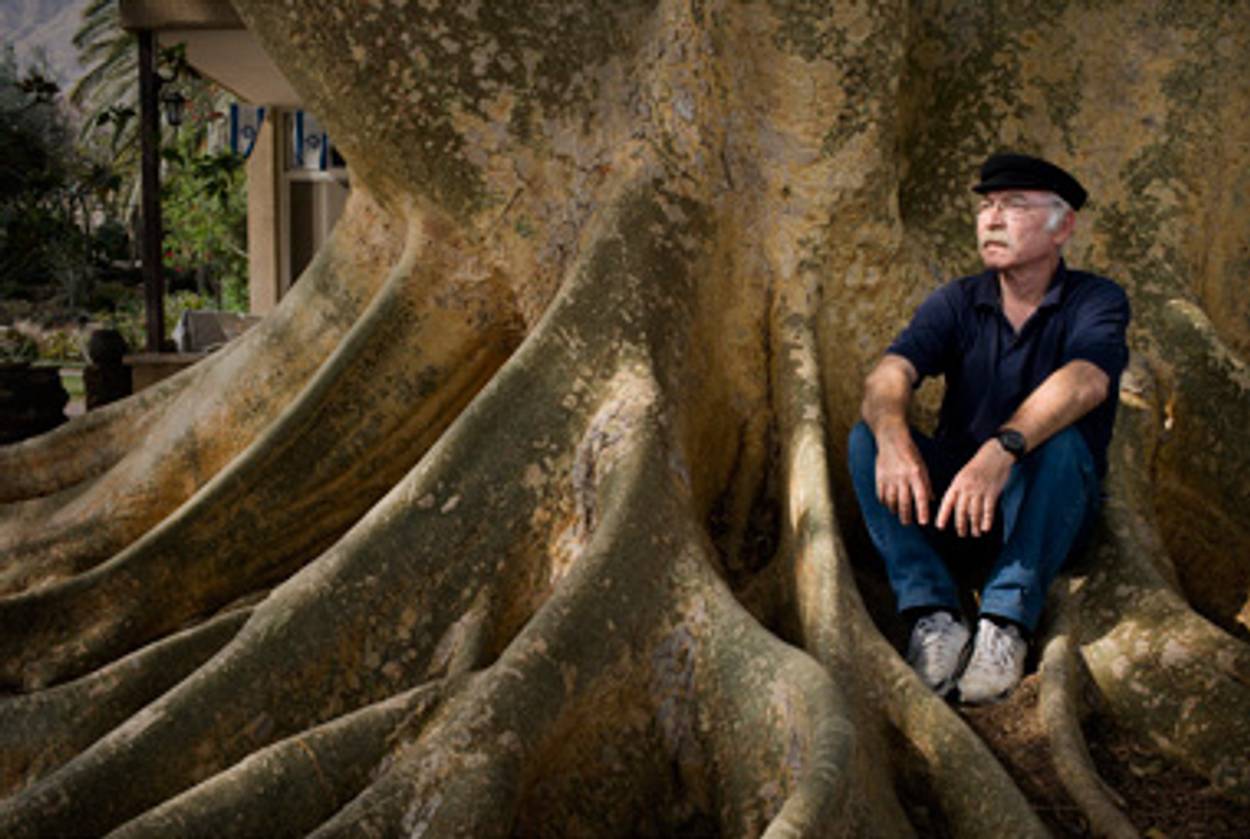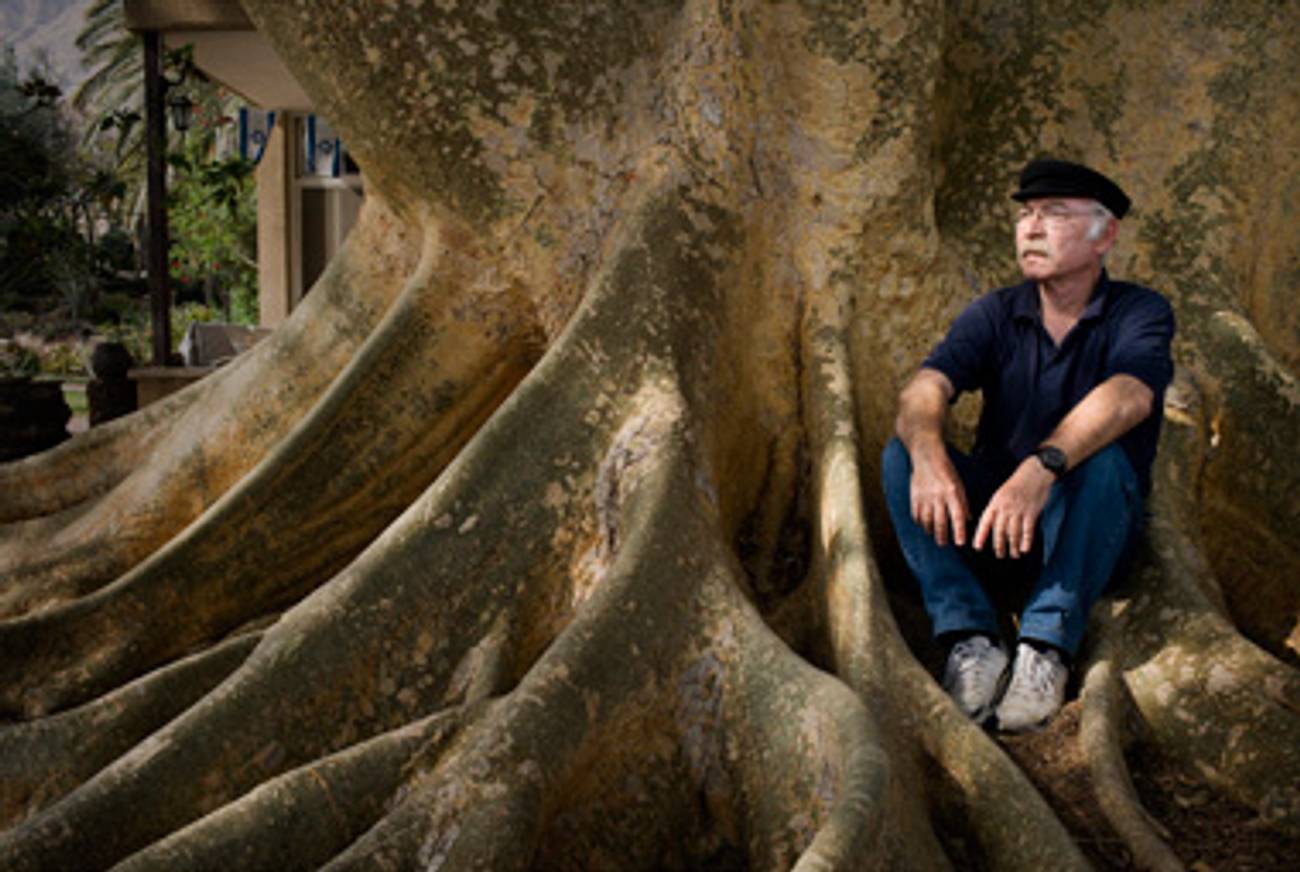Shift in Focus
Tired of glossy magazines, photographer Harry Borden turned his attention—and lens—toward Holocaust survivors




If you’ve opened a magazine in the past couple of decades, there’s a decent chance you’ve seen the work of Harry Borden. The British portrait photographer has caught hundreds of mostly-famous people on film, from Hilary Duff to the Duchess of Devonshire, for Vanity Fair, The New Yorker, Time, and, well, “every magazine in the world at some point or another,” as he bluntly told Tablet Magazine. Borden, who has over 100 photographs in England’s National Portrait Gallery, doesn’t have much use for false modesty, but it seems that these days, he doesn’t have much use for celebrity photography either. “It’s really quite seductive but quite boring,” he said. “With celebrities it’s a dance, you’re trying to get something kind of definitive and interesting and authentic and they’re trying to prevent you.”
Two years ago, determined to do something different, Borden—whose father is Jewish—began taking pictures of Holocaust survivors after the idea came up in conversation with a friend. “When I went online and looked at bodies of work, there were people that had done portraits of survivors but they seemed to be portrayed as victims or as objects, old people with aged skin,” he said. Borden has taken a more naturalistic approach: He shoots his subjects—whom he has found through survivor organizations and by posting advertisements in Jewish newspapers—in their homes, using natural light and few special effects. Each photograph is also accompanied by a short note handwritten by its subject about his or her experience as a survivor. Borden has now photographed about 160 survivors, in England, Australia, and Israel. This month, he is coming to New York. “I think we’re just going to carry on doing it until there aren’t any more survivors,” he said.
The series-in-progress does not yet have a clear destination, though the project’s manager, Miriam Hechtman, said she aims for it to become traveling exhibit and a book. For now, some of the photographs appear on Borden’s website; others appear below for the first time.
Hechtman, who is also working on a documentary about Borden’s project, began traveling with him in Israel. Asked whether she had noticed any commonalities in the homes of the survivors she visited, she said, “I saw a lot of photos.”
Marissa Brostoff, a doctoral student in English at the CUNY Graduate Center, is a former staff writer at Tablet and the Forward.
Ari M. Brostoff is Culture Editor at Jewish Currents.